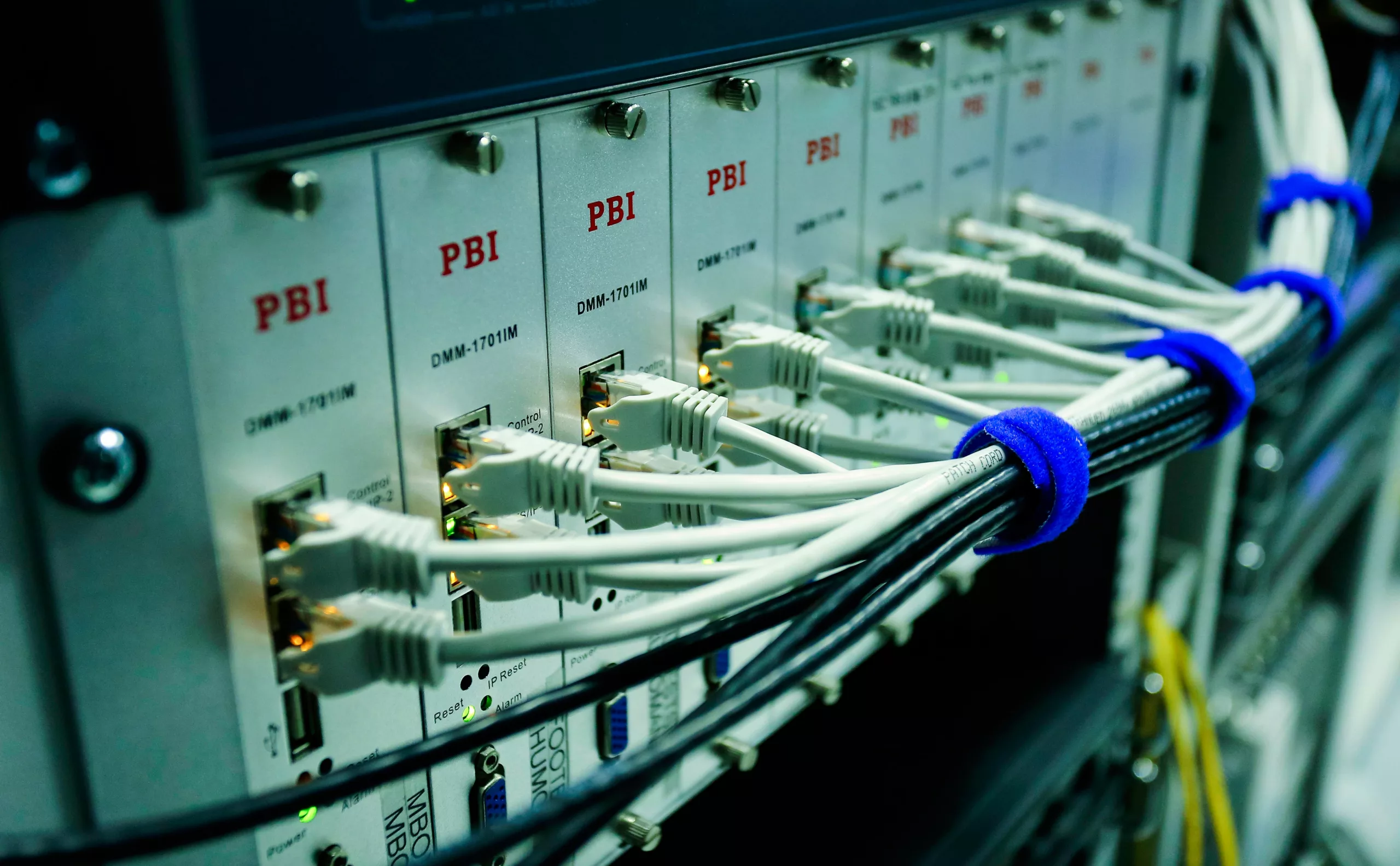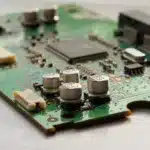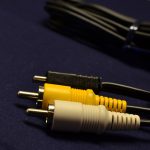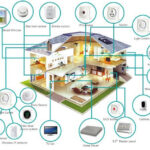
Introduction
In the digital landscape, where information exchange and connectivity are paramount, network switches are significant in ensuring seamless communication within a network. Choosing the right network switch is crucial for optimal performance and efficient data transmission, whether required for a home network, a small business, or an enterprise. This comprehensive buying guide uncovers the crucial considerations when selecting a network switch, highlighting the significance and popular network switch types.
Understanding Network Switches: Exploring Their Significance
A network switch, also called an Ethernet switch, is a networking device designed to connect devices within a local area network (LAN) and forward data to its intended destination. Unlike hubs–broadcasting data to all connected devices, network switches intelligently route data only to the required devices, reducing network congestion and enhancing overall efficiency. These ethernet switches serve as the backbone of modern networking infrastructure and can effectively connect devices, including printers, computers, servers, and other networked devices. The significance of network switches lies in their management, security, performance, and optimised network operations, maintaining resources effectively.
Network Switches and Mechanical Switches: Unveiling the Difference
Network and mechanical switches serve entirely different purposes and operate in different domains. Network switches are networking devices used in computer networking to manage data traffic within a local area network. In contrast, mechanical switches are physical devices that control the electricity flow in various applications. There are multiple types of mechanical switches–each serves different purposes and belongs to different technology domains.
Most Popular Types of Network Switches
Before buying a network switch, it is crucial to understand the various types of network switches. Some of the most popular network switch types include:
- Unmanaged Switches – These are the most basic plug-and-play devices requiring minimal configuration. They are economical and suitable for smaller networks but lack advanced features.
- Managed Switches – Managed switches offer greater control over network traffic and provide data for troubleshooting network problems. These switches allow for configuration, monitoring, and optimisation, making them ideal for larger networks with more complex requirements. Managed switches differ from unmanaged switches due to their cost and additional functionality.
- Layer 2 and Layer 3 Switches – Layer 2 switches operate at the data link layer and use MAC addresses to forward data. Layer 3 switches, a hybrid of layer 2 and 3 devices, function at the network layer and can route data based on IP addresses, offering more advanced routing capabilities.
- PoE (Power over Ethernet) Switches – PoE switches are integrated into some models of network switches that provide power to connected devices like IP cameras and VoIP phones through the Ethernet cable. PoE involves DC power supply to low-power devices using an ethernet cable, eliminating separate power cables, ensuring safety, and simplifying installation.
- Stackable Network Switches – Stackable switches, as the name indicates, can be physically interconnected to function as a single logical switch. This simplifies management, configures quality of service, and improves redundancy and performance by allowing multiple switches to act as one unit.
- VLAN Switches – These switches allow creating and managing Virtual LANs (VLANs). VLANs enable network administrators to segment a physical network into multiple isolated virtual networks logically, enhancing network security and performance.
Other Popular Network Switch Types Include:
- Smart switches
- Modular switches
- Fixed-configuration switches
- Core Switches
- Data Center Switches
- Cloud-Managed Switches
- KVM Switches
- Distribution Switches.
Essential Considerations for Buying Network Switches
Several factors must be considered when purchasing a network switch to ensure you get the suitable switches for your needs. Some of these factors include:
- Port Count and Type: Determine the number of devices required to connect to the switch. Ensure that the switch has enough ports for current needs and future expansion.
- Speed and Bandwidth: Network switches come with varying speeds, such as 1Gbps (Gigabit per second) and 10Gbps. Choose a speed that aligns with the network’s data requirements. Additionally, consider the overall (aggregate) bandwidth the switch can handle.
- Managed vs. Unmanaged: Assess whether your network requires a managed switch’s configurability and monitoring capabilities or if an unmanaged switch suffices.
- Redundancy and Reliability: Consider features like link aggregation and redundant power supplies for increased network uptime.
- Security Features: Look for switches with features like MAC address filtering, port security, and access control lists to enhance network security.
- Scalability and Compatibility: Plan for future growth. Opt for a switch that supports stacking and is compatible with existing network infrastructure.
- VLAN Support: Virtual LANs allow network segmenting for improved security and performance. Ensure the switch supports VLAN configurations if needed.
- Price and Performance: While budget constraints are essential, prioritise the performance and features required by your network over cost savings. Investing in a higher-quality switch can lead to better long-term performance and reduced maintenance costs.
- Future-Proofing: Technology evolves rapidly, and selecting a switch that can adapt to changing network demands is crucial. Consider switches with modular expansion options, future firmware upgrade capabilities, and compatibility with emerging network standards.
- Brand and Reputation: Established brands offer better customer support, firmware updates, and reliable hardware. Choose a reputable brand that significantly impacts the performance and longevity of network switches.
- Reviews and Recommendations: Before finalising your purchase, it is essential to read reviews from other users and seek recommendations from IT professionals. Real-world experiences provide valuable insights into a switch’s performance, reliability, and ease of use.
Final Thoughts
A network switch is the backbone of any efficient data network, facilitating seamless communication and transmission. Understanding the available types of switches and considering various vital factors can make an informed decision that aligns with your network’s current needs and future growth. Last but not least, a well-chosen network switch can enhance productivity, reduce downtime, and contribute to the success of connected endeavours.





















